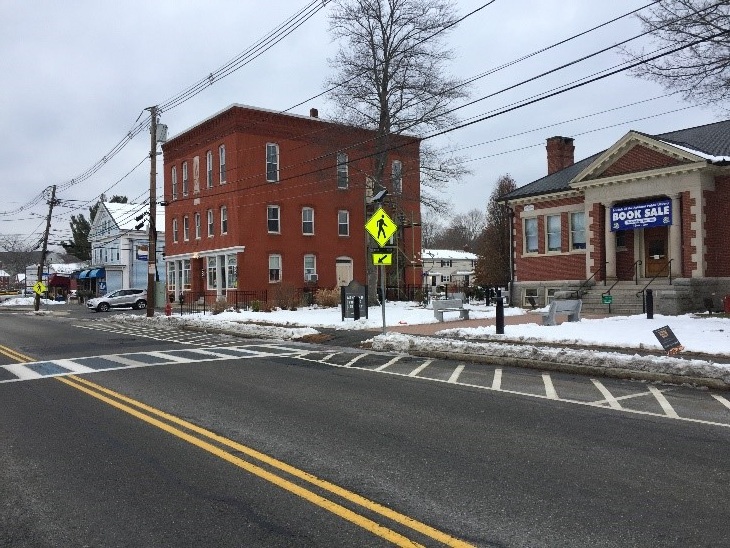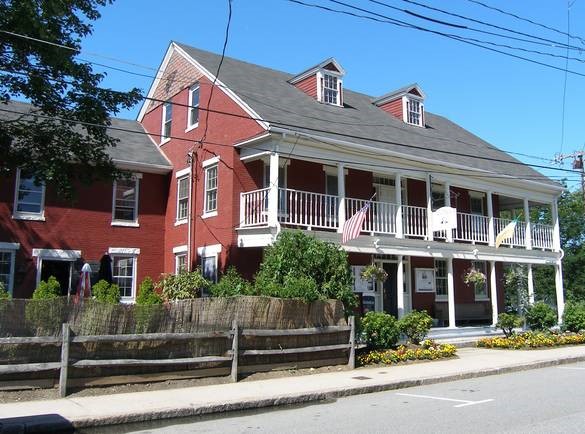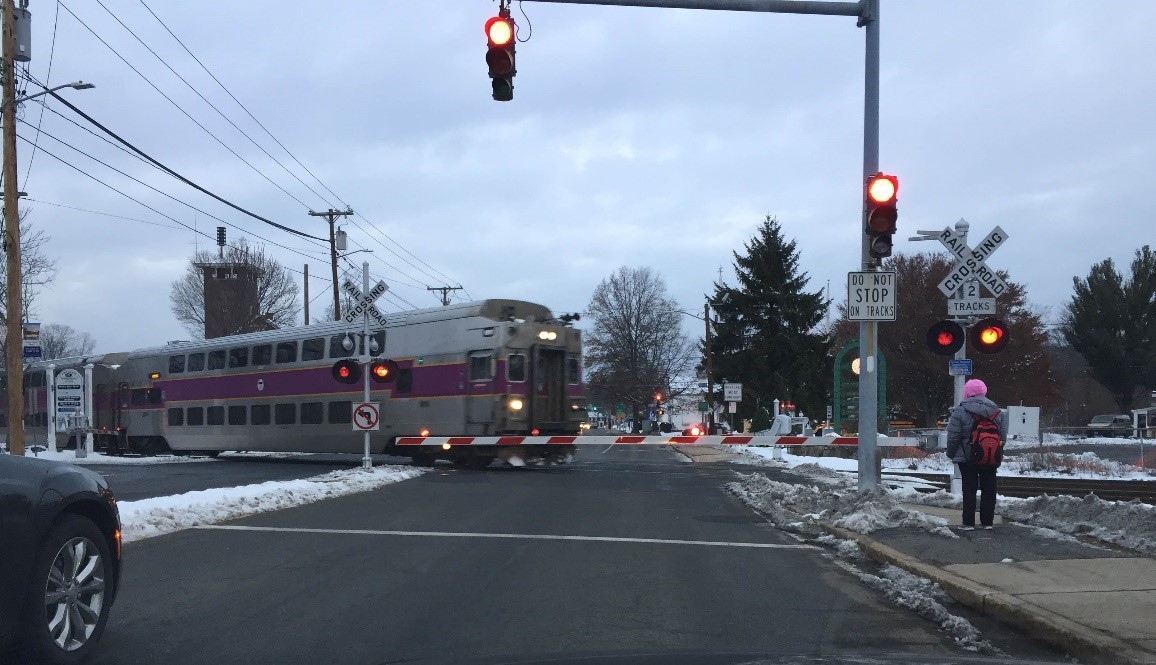KidsBuild! 2019: Reflections on Our Passion for Shaping Cities
/By Gillan H. Wang
Form + Place was pleased to participate in KidsBuild! - a family program that is organized and run by the Boston Society of Architects (BSA). The two-day event is designed to bring awareness to children and their families about the steps involved in realizing new buildings. It also aspires to promote active community discourse in the planning and development of our cities. This event highlighted numerous aspects of our work that we particularly relish – engaging with the community, a collaborative process, creative problem solving, bringing ideas to fruition, and ultimately enhancing our built environment and public spaces.
KidsBuild! City Grid in the BSA Lobby
KidsBuild! Structure
An imaginary city grid is laid out in the lobby of the BSA, with empty parcels mapped out. Families select a building type and site and then must obtain a building permit for their structure. They are required to consider zoning rules (primarily building height) and then design and select materials for their building. They then proceed to the Construction Zone where volunteers assist as needed in the assembly of their structure. When their building is complete it is placed on their site in the city grid where it is reviewed for inspection, rewarded for the integration of sustainable design features, and granted a Certificate of Occupancy. It was impressive to see how many families made “green” choices, for which they were awarded a green seal, in addition to a C of O.
KidsBuild! Site Selection, Construction Zone and Finished Product
Engaging with the Community (Site Selection)
The earnestness with which the children considered not only their options for sites and building types, but also the context in which their structures would sit was endearing. Our office group volunteered on a Sunday, so a number of sites had already been claimed and built. It was striking to see how keenly aware the children were of the buildings adjacent to their sites. Their ability to imagine this city as a real entity with endless possibilities was refreshing.
Empty Sites Adjacent to Built Structures
At Form + Place we enjoy the process of working with developers and communities to determine the appropriateness of development proposals for specific contexts. Listening and sharing ideas and experiences to optimize the maximum potential of each site never gets old. In working as the Peer Reviewer for the City of Newton on the Northland development, we continue to track changes to the initial proposal, many shaped by community input. While the original mixed-use concept included more dwelling units and retail space, it was decided that a reduction in overall square footage would be preferable. The scaling back, particularly of retail, will result in less traffic, especially when combined with alternative transportation modes that are being promoted.
A Collaborative Process (Zoning)
Rules give structure and prevent chaos. The need for this was readily apparent at KidsBuild! where children might have been tempted by the endless assortment of donated materials and an inclination to build the biggest and most impressive building. Zoning gives a measure of calculated control, which factors in the needs of the larger community. Children consulted building height measuring charts to determine the maximum height for their structure, according to the building type and zone (Industrial, Public, Residential, Commercial), and seemed to readily accept adhering to a prescribed limitation for the greater good.
Materials Yard
Norms and standards are extremely helpful, and occasionally rules need to be adjusted and updated to reflect change. In our recent work with the City of Newton, we have helped refine the Zoning Redesign initiative by facilitating input from other design professionals and the general public. Much of Newton’s built environment predates its zoning and therefore a high percentage of parcels in both village and residential districts are non-conforming. Modifying zoning can help strengthen communities by facilitating appropriate economic development, creating a more holistic and vibrant public realm by promoting contextual design.
Newton Zoning Redesign Process Boards
Creative Problem Solving (Design)
“Let’s go draw. We need an idea.” This statement was heard throughout the day at KidsBuild! and it caught our attention because it speaks directly to what we enjoy doing as architects. It describes how we think, problem solve, and how we collaboratively engage in conversation with our clients.
Form + Place’s master planning work in Winthrop over the past four years has helped to create a “vision” for what the future of this community could look like. Diagrams that have analyzed urban connections and placemaking opportunities, combined with renderings and feasibility studies exploring the redevelopment of key sites in the core, have helped uncover the potential for an exciting new public realm that Winthrop is beginning to implement.
Winthrop Vision Studies
Realizing Ideas (Construction)
“We need grass!” This was the mantra that echoed through the Materials Yard. Anything that could represent grass (fabric, felt, green rubber material, bits of AstroTurf) was quickly snatched up. While many of the children were focused on details that they thought were of paramount importance (making sure they had something to represent the books in their library, the right string for the swing in their backyard, and baked goods for the bakery), ultimately they were faced with the challenge of constructing a building that would stand erect and hold together using glue sticks and packing tape. The enthusiasm of the children was a delightful reminder of the excitement of the creative impulse. Sometimes architectural detailing can seem tedious, but to craft thoughtful solutions to technical problems requires a commitment to creative problem solving.
Details of Goodwill Industries at The Shops at Riverwood in Hyde Park
Enhancing our Built Environment and Public Spaces (Completion)
The moment of realization is what we all look forward to, and ultimately it is the reason we undertake design problems. At KidsBuild! it was thrilling to see family teams carry their finished project to their sites and seek approval from an Inspector. This generally involved the children describing their buildings and the decisions that they made in creating their structures. The finished KidsBuild! city was a spectacular manifestation of collaborative effort, chock-full of well thought out structures and spaces.
Seeing the MGM Springfield project open in 2018 was similarly thrilling. Beyond the celebratory opening, however, it is especially exciting that the project realized a vision to reinvigorate the downtown of a historic city that has “great bones”. The combination of historic preservation, a revitalized public realm and a catalyzing combination of uses make this mixed-use entertainment facility a key economic engine for the future of Springfield.
MGM Springfield and the Revitalization of Main Street
Our passion for shaping cities drives our commitment to the collaborative process, and it was fun to be surrounded by collaboration at the KidsBuild! event. We believe that it takes a village to produce well thought out buildings and places that work for all. The BSA’s emphasis on community building at their wonderful family program resonated with our team as it underscores an important part of our firm’s mission.




















